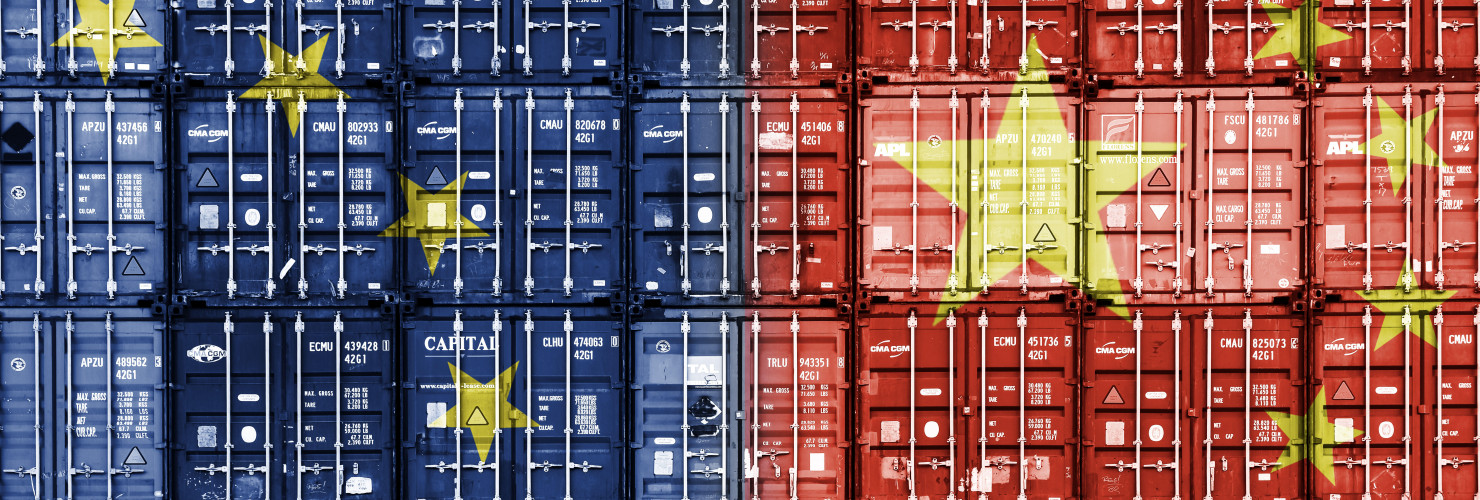
EU economic security strategy + Li Hui's trip to Europe
In this issue of MERICS Europe China 360°, we cover the following topics:
- The EU’s economic security strategy is not about China until it is
-
Two visions of peace with a price tag – China’s Special envoy talks Ukraine war during tour of Europe
By Francesca Ghiretti
Next Tuesday, June 20, will see the publication of a joint communication on EU’s economic security, also known as the economic security strategy. If you are expecting a short and snappy definition of economic security that will once and for all clarify what the EU means by the term, you will be disappointed. Labelled as the “EU’s economic strategy”, it is set to provide a framework for several policies the EU has and is set to adopt. It is also viewed as a way to open a debate on EU economic security and how to develop it.
The European Commission is committed to clarifying that neither the forthcoming strategy nor EU’s approach to economic security is about China. That is not new, the pushback against a China focus can be found in most debates regarding economic security policies such as foreign direct investment screening, the anti-coercion instrument and ultimately, export controls.
The pushback is often viewed as a way for the EU to avoid creating diplomatic tensions with China, even though the policies indirectly target China. There is an element of truth to that, but there is also an element of truth to the EU’s genuine support for a country-agnostic approach to economic security.
It may sound tautologic, but the EU’s economic security is about the EU’s economic security, meaning the priority is not to defend against or contain China, but to ensure the safeguarding of the block’s economic security. Accordingly, any country or actor that threatens that security is a target, and the targets can evolve over time. Let’s take the classic example of the EU’s anti-coercion instrument (ACI). It originally emerged in response to economic coercion from the US during the Trump administration. However, as China adopted economic coercion tactics against Lithuania, the focus has pivoted to the east. In the future, economic coercion against the EU or its member states could come from other actors and the instrument adopted will be equally capable to respond to all.
Furthermore, the EU’s economic security awakening has not been triggered by China. Undeniably, concerns related to China have played a major role in shaping many of the policies that fall within the framework of economic security. However, it was Russia’s invasion of Ukraine and the direct impact curtailed gas supplies from Russia have had on Europe that brought economic security front and center. Hence, the joint communication on economic security is likely to address such weaponizations of economic dependencies and linkages. China too has weaponized linkages and it may do so much more intensely or regularly in the future, but those past instances did not cause as much widespread pain as Russia’s did, and thus did not trigger the same response.
Thus, the EU’s approach to economic security is not about China because the EU sees China as a geopolitical rival, it is about China because China poses a series of risks to the EU (that span from national security to the lack of a level playing field and common understanding of rules) and the measures adopted, or that will be, seek to respond to these risks. That is why a solid risk assessment is the first step to a proper approach to risk management that could indicate how best to prioritize different issues (i.e., where do we invest first) and guide policies with sectoral and geographical focus. Such risk assessment should also factor in the costs of managing the risks, for example, how costly it will be for the EU to adopt diversification policies or to reshore certain supply chains, such as critical raw materials. Then, the risks should be cross-checked with existing policies and measures adopted to evaluate how resilient the EU already is in those categories.

